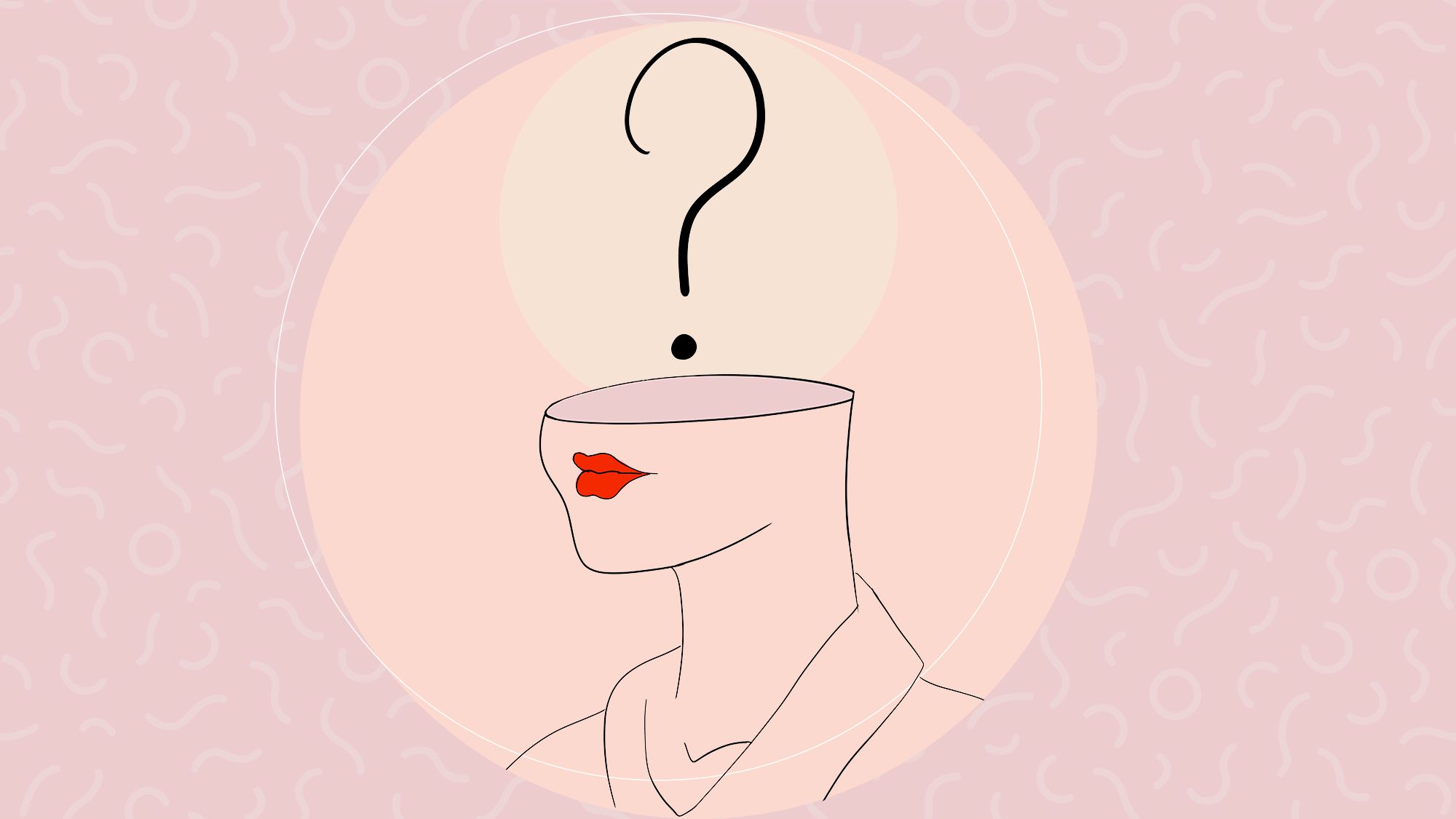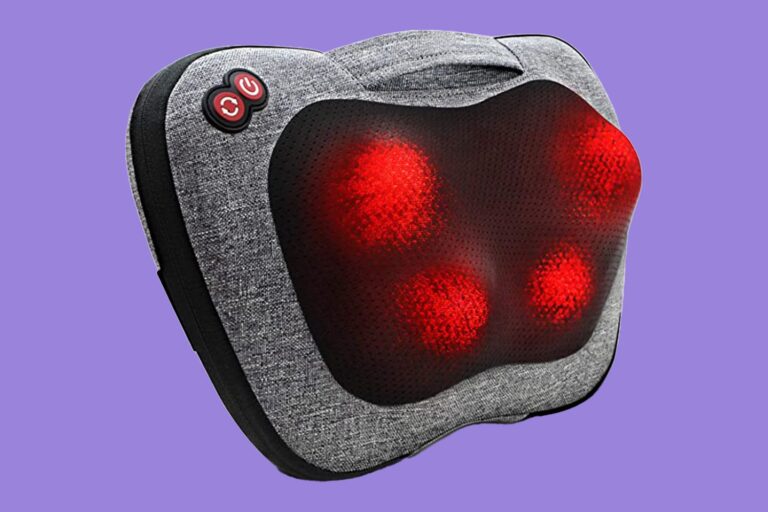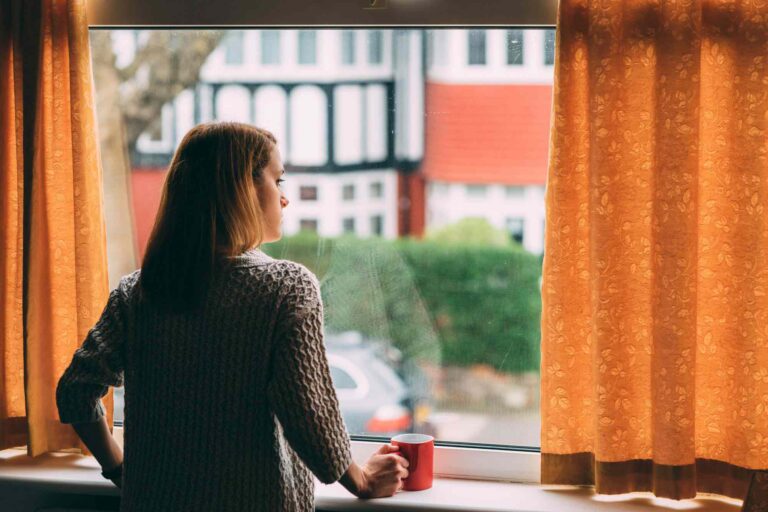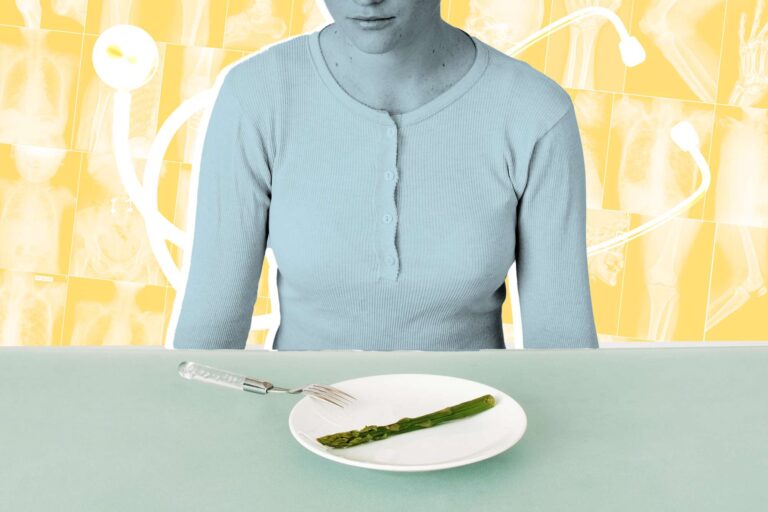Decision Fatigue During COVID-19 Pandemic
Each day, when we wake up, we’re faced with a constant stream of decisions. Some of those choices are small, barely taking up space in our brains. But others are bigger and more taxing on our mental bandwidth.
These daily decisions and their relative weight add up to a phenomenon called decision fatigue, which has only gotten more present with COVID-19. While we aren’t necessarily making more decisions during the pandemic than we were before, the decisions we are making feel more dire. Choosing if or when go to the grocery store pre-pandemic, for example, felt much different than it does now.
Decision fatigue is not a medical diagnosis. Instead, “it’s the challenge of dealing with an overload of information and processing that any of us can face at different points in our lives,” Lynn Bufka, PhD, senior director of practice transformation and quality at the American Psychological Association, tells Health. But even those who’ve never heard of it have felts its effects. Here’s what you need to know about decision fatigue, how to spot signs of it in yourself, and what to do about it.
Decision fatigue is a term used to describe the tendency humans have to lose our ability to make good decisions after having made either too many choices or particularly hard choices.
“It’s like a mental or cognitive overload when we’re faced with too many decisions,” Lindsay Henderson, PsyD, a psychologist and director of Amwell’s national therapy program, tells Health. “And it can add up over time and look like irritability, tiredness, fatigue, poor concentration. It’s like your mind is overwhelmed.”
A 2011 study published in the Proceedings of the National Academy of Sciences of the United States of America (PNAS), looked at judicial rulings from judges presiding over parole boards, and clarifies how decision fatigue can affect our lives. At the beginning of the day, judges ruled in favor of the prisoner, granting their requests for parole or to change the terms of their parole or incarceration about 65% of the time. By the time the judges were due for a 30-minute snack break, the percentage of decisions in favor of the prisoner had dropped nearly to zero. The same pattern happened when they re-entered the pulpit until their hour-long lunch break — refreshed from their break, judges granted prisoners’ requests 65% of the time but with each consecutive ruling they were more likely to choose the default option of rejecting a prisoner’s request.
Though judges make more important decisions at work than many of us, the same phenomenon affects everyone’s daily decisions. Even self-proclaimed “night people” make their best decisions in the morning, before the onslaught of decisions throughout the day overloads their ability to make one more choice, Dr. Henderson says.
The more effort we put into making decisions, the less effort we want to put into subsequent decisions. And so, after either a series of choices or choices that feel particularly difficult, we tend to take the easiest way out next time. That can look like choosing the default option, not thinking carefully about relevant information or being biased by irrelevant information, failing to make a compromise, or avoiding making a decision altogether, says Roy Baumeister, PhD, a social psychologist known for his work on willpower and self-control.
As Dr. Henderson said, decision fatigue can lead to emotional changes like irritability and to problems like fatigue and lack of concentration. But feeling tired or irritable aren’t necessarily the best tip-offs that decision fatigue is what’s getting you down.
Instead, look out for moments when you just can’t be bothered to make a choice. “If you’ve ever had the experience of trying to figure out what to do for dinner and not knowing, not because you don’t care but because you don’t have the energy to make a choice, that is a sign of decision fatigue,” Kathleen Vohs, PhD, Distinguished McKnight University Professor at the University of Minnesota, and a behavioral scientist who worked on early research about decision fatigue, tells Health.
Other signs would be when you hand decisions over to someone else because you can’t bear trying to make them yourself, or when you stand in front of your closet or scroll through endless options on Netflix but can’t muster the energy to pick an outfit or a movie.
It’s true: In some ways, the pandemic has cut down on the choices we used to make. For those working at home, choosing what to wear each day is no longer as important a decision as it was when they were going into an office, Dr. Vohs says.
But the pandemic has increased decisions, too, or made what used to be easy choices more difficult. “People working and schooling from home have had to figure out where everyone is going to do their work, what times are best and worst for focused work, when to take breaks, and how to eat lunch without disrupting others,” Dr. Vohs says. “The lack of a routine in such a big part of our lives—the period from 8am to 4pm—has created a whole host of new decisions.”
Before coronavirus forced many of us to stay home we had the majority of decisions made each morning on autopilot—they took up no mental bandwidth because they were automatic. At the onset of quarantine, our morning routines were ripped out from under us. Other choices we used to make automatically have also become more stressful.
“For a while, a lot of people were sanitizing mail or not touching mail for three to four days. All of a sudden, going to the mailbox has become a life or death decision, and a moral decision as well,” Dr. Henderson says.
Now, we torture ourselves about whether going to a restaurant, sending kids to school, or seeing friends or family members is the right and responsible thing to do. The weight of those choices has contributed to a rise in decision fatigue, the stress of which Dr. Henderson has started seeing show up more and more in her therapy sessions.
While it’s difficult to avoid decision fatigue altogether, there are some tactics that can ease it.
First, try to automate as many decisions as you can. Right now, that means finding a new morning routine, or eating the same thing for breakfast every day. Dr. Henderson points to Steve Jobs and Mark Zuckerberg as a classic example of routinizing simple choices—these powerful and busy CEOs wore the same thing every day (a black turtleneck for Jobs and grey t-shirt for Zuckerberg) to eliminate one extra decision every day.
Second, especially while we’re still in the midst of the pandemic, you can lower your expectations of yourself. “Things don’t have to be perfect right now, and maintaining mental health is worth wearing the same jewelry in every Zoom call,” Dr. Vohs says.
Third, you can sit down with those closest to you and make decisions upfront. “Whoever is in your network — roommates, family, friends — it’s worthwhile to spend some time talking through decisions together so you can you can figure out what are priorities where you’re willing to take risks because they’re important for your well-being, and in what cases you’re not willing to take a risk.” Times will come up when you’ll need to be a bit more flexible on these rules, but having the choices set before you can to make them will ease some of the stress.
Finally, both during the pandemic and after things get back to normal, save your biggest choices for after a break if you can. “Willpower is restored by food and sleep. Difficult decisions should be made after getting some of both,” Dr. Baumeister says.






